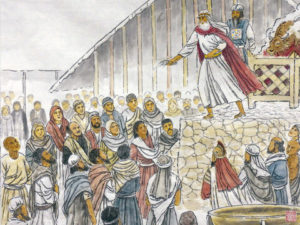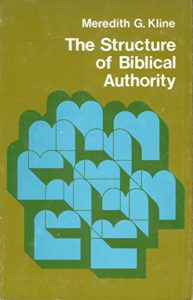Genesis vs Ancient Near East Polytheistic Myths: Plagiarism or Polemics? Part 2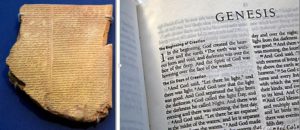
A. Genesis and Babylonian Creation & Flood Accounts: Similar but Independent Accounts
The chart below lists several parallels between the Creation and Flood accounts of Genesis and the Mesopotamia Enuma Elish. [Source: Currid, p. 37-38]
| Enuma Elish (Mesopotamia) | Genesis |
| Divine spirit and cosmic matter are coexistent and coeternal | Divine spirit creates cosmic matter and exists independently of it |
| Primeval chaos; Tiamat enveloped in darkness | The earth a desolate waste, with darkness covering the deep (tehom) |
| Light emanating from the gods | Light created |
| The creation of the firmament | The creation of the firmament |
| The creation of dry land | The creation of dry land |
| The creation of the luminaries | The creation of the luminaries |
| The creation of man | The creation of man |
| The gods rest and celebrate | God rests and sanctifies the seventh day |
How does one account for these similarities? Continue reading “Book of Genesis vs Babylonian Creation (Enuma Elish) and Babylonian Flood (Epic of Gilgamesh)”
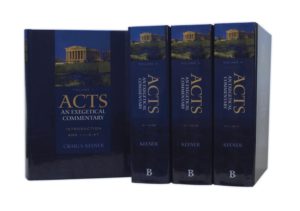 Bart Ehrman’s Challenge to Evangelicals to Renew Studies on NT Introduction
Bart Ehrman’s Challenge to Evangelicals to Renew Studies on NT Introduction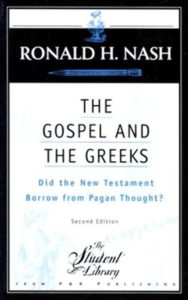

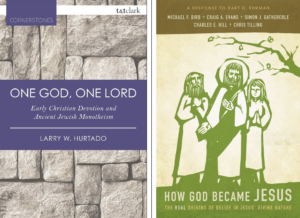
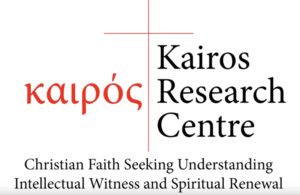
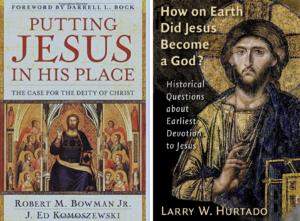 Question: How did the apostles and early Christians come to believe in the deity of Christ?
Question: How did the apostles and early Christians come to believe in the deity of Christ?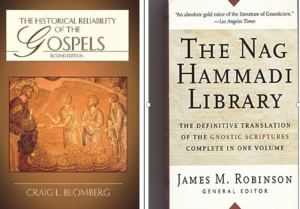 Question: But critics like Elaine Pagels & Bart Ehrman argue that this traditional history of orthodoxy is skewed because it grants greater authority to the canonical gospels and ignores the other (gnostic ) gospels. Why do you think the canonical four gospels provide more accurate historical information about Jesus than the gnostic gospels?
Question: But critics like Elaine Pagels & Bart Ehrman argue that this traditional history of orthodoxy is skewed because it grants greater authority to the canonical gospels and ignores the other (gnostic ) gospels. Why do you think the canonical four gospels provide more accurate historical information about Jesus than the gnostic gospels? Bart Ehrman’s primary mission in life is undeniable. It is to discredit Christianity and to deconvert Christians from their faith. Ehrman’s attack on Christianity has been effective because he claims to be speaking as an objective historian (which is debatable), in contrast to apologists and theologians defending their faith and because he is speaking as a lapse fundamentalist with insider-knowledge. Ehrman’s attack on Christianity is comprehensive, but I shall only highlight three of his favorite lines of attack on Christianity.
Bart Ehrman’s primary mission in life is undeniable. It is to discredit Christianity and to deconvert Christians from their faith. Ehrman’s attack on Christianity has been effective because he claims to be speaking as an objective historian (which is debatable), in contrast to apologists and theologians defending their faith and because he is speaking as a lapse fundamentalist with insider-knowledge. Ehrman’s attack on Christianity is comprehensive, but I shall only highlight three of his favorite lines of attack on Christianity. 